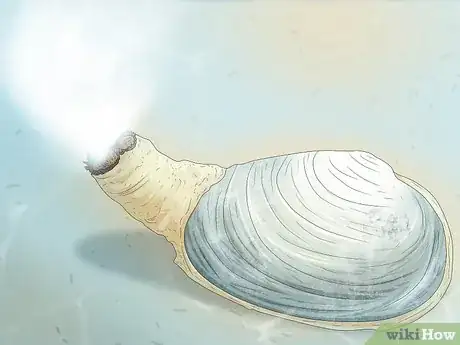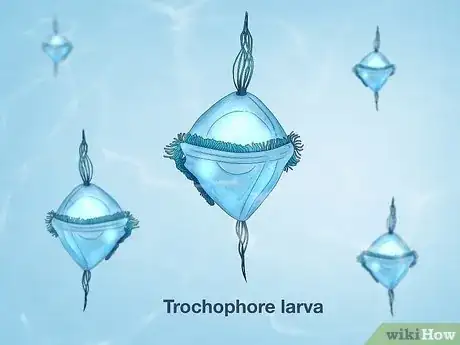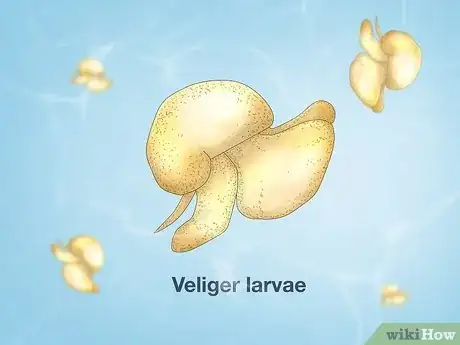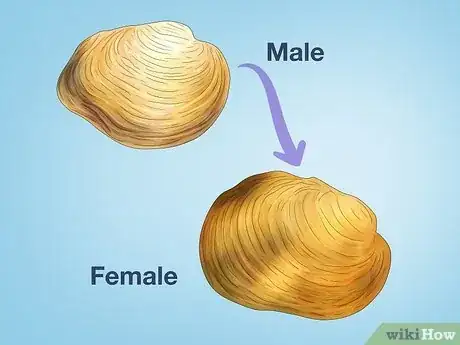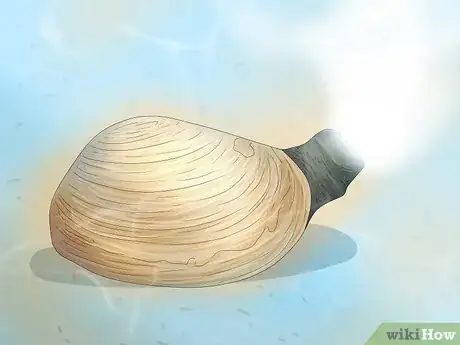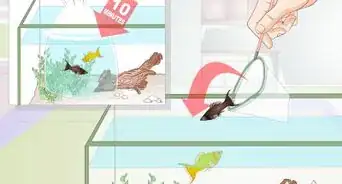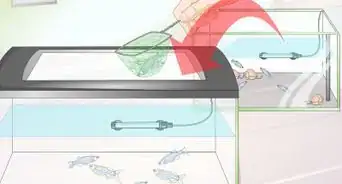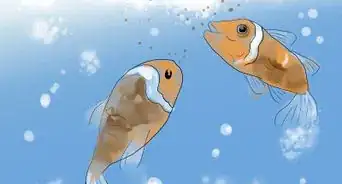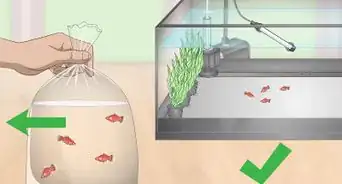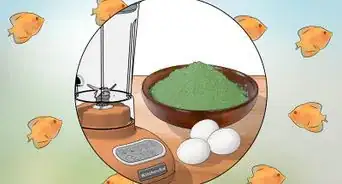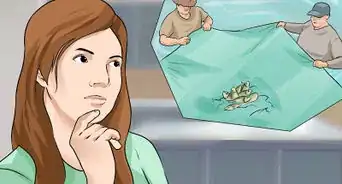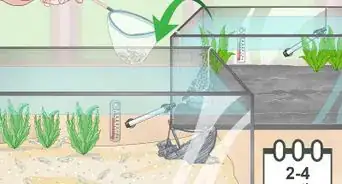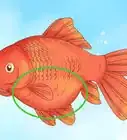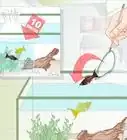This article was co-authored by wikiHow staff writer, Dan Hickey. Dan Hickey is a Writer and Humorist based in Chicago, Illinois. He has published pieces on a variety of online satire sites and has been a member of the wikiHow team since 2022. A former teaching artist at a community music school, Dan enjoys helping people learn new skills they never thought they could master. He graduated with a BM in Clarinet Performance from DePauw University in 2015 and an MM from DePaul University in 2017.
There are 8 references cited in this article, which can be found at the bottom of the page.
This article has been viewed 2,139 times.
Learn more...
When you picture a clam, you probably don’t think of an active sea creature that’s capable of interacting with a potential mate. How in the world do clams reproduce, then? Nature is full of innovative creatures that find surprising ways to keep their species alive, and the clam is no exception. In this article, we’ll walk you through the life cycle of a clam from fertilization to adulthood and show you how they grow those iconic shells. Let’s dive in!
Things You Should Know
- Mature clams release sperm and egg cells into the open water for fertilization (broadcast spawning). Some hermaphroditic clams can fertilize their own eggs.
- Fertilized eggs grow into veliger larvae (mollusk larvae with swimming flaps) within 48 hours and float in open water until they settle on the seafloor.
- Juvenile clams bury themselves under the seafloor to grow into adults. Only about 1% of clams that survive to the juvenile stage will make it to full adulthood.
- Clams grow their shells from the inside out by releasing proteins and calcium carbonate from their mantle tissue (the outer tissue that connects with the shell).
Steps
References
- ↑ https://www.chesapeakebay.net/discover/field-guide/entry/hard-clam
- ↑ https://csi-maine.org/2018/08/30/the-clam-lifecycle/
- ↑ https://barnegatshellfish.org/clam_lifecycle_01.htm
- ↑ https://animaldiversity.org/accounts/Corbicula_fluminea/
- ↑ https://barnegatshellfish.org/clam_lifecycle_01.htm
- ↑ https://csi-maine.org/2018/08/30/the-clam-lifecycle/
- ↑ https://csi-maine.org/2018/08/30/the-clam-lifecycle/
- ↑ https://mdc.mo.gov/discover-nature/field-guide/fingernail-clams
- ↑ https://barnegatshellfish.org/clam_lifecycle_01.htm
